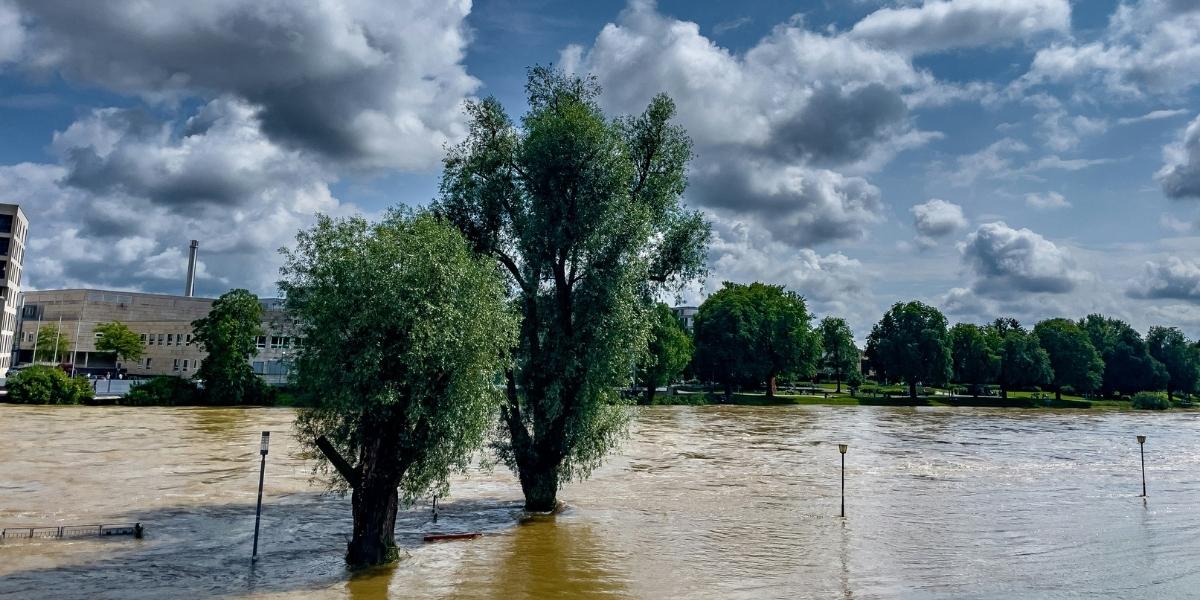Tunnels That Reshape the World: Modern Engineering Feats
Most people pass through tunnels without a second thought, unaware of the complexity beneath their feet. These structures do more than shorten travel time—they connect cities, protect landscapes, and power economies. Tunnels are often overlooked because they hide their brilliance underground. Yet every curve, every layer, every support beam tells a story of precision.
Modern tunnels represent a blend of vision, mathematics, and human endurance. They’re carved through mountains, buried beneath oceans, and laid beneath thriving cities without disrupting daily life. Their success depends not just on machines but also on the people who operate them, the calculations that guide them, and the materials that hold them together.
Read Also: Regenerative Agriculture: Empowering Women to Make Sustainable Food Choices
What Makes Today’s Tunnel Projects So Complex?
Today’s tunnel designs must respond to conditions that shift from one meter to the next. Rock quality, groundwater pressure, and urban density all affect how a tunnel moves forward. Engineers must adapt in real time, sometimes halting excavation to rethink their approach.
One of the most challenging parts is balancing pressure as tunnels move deeper. The deeper the route, the more force the structure must withstand. To manage this, engineers use segmental linings, sophisticated boring machines, and automated systems that detect stress points before problems arise.
In urban settings, complexity increases. Projects must avoid existing infrastructure, minimize vibrations, and handle heavy logistics underground. This demands coordination with city planners, utility operators, and structural engineers, all while keeping the project on schedule.
How Do Tunnel Boring Machines Change the Game?
The rise of tunnel boring machines, or TBMs, has transformed what’s possible. These machines are mobile factories. They dig, support, and remove earth in one continuous process. For longer tunnels, TBMs offer speed, safety, and consistency.
Each TBM is custom-built to suit the geology of a specific project. In softer soils, machines use pressurized fronts to hold ground stable. In harder rock, disc cutters chip away with precision. Operators monitor dozens of metrics—temperature, pressure, moisture—to keep the process running smoothly.
TBMs also make tunneling safer. Workers are less exposed to dangerous environments. And because the machines install support structures as they dig, there’s little time for collapse to occur. This blend of automation and real-time data helps maintain pace without sacrificing control.
What Role Does Sustainability Play in Tunnel Design?
Environmental concerns are now central to tunnel planning. Instead of disrupting the surface with new roads or rail lines, tunnels can preserve forests, waterways, and historic areas. That’s why many cities choose underground routes for public transport expansion.
Materials are selected for durability and low environmental impact. Concrete mixes are refined to reduce carbon emissions. Waste from excavation is often recycled or used in other construction projects. Some tunnels even integrate systems that collect and reuse water from inside the structure.
Ventilation is another area where innovation meets sustainability. Systems now regulate airflow using energy-efficient fans and sensors. This improves air quality inside tunnels while reducing energy consumption. In some regions, tunnels double as stormwater conduits or energy conduits, maximizing their utility.
How Do Modern Tunnels Survive Extreme Conditions?
Tunnels face hazards from both nature and human activity. Seismic zones, high water tables, and nearby construction sites can all pose risks. To prepare for these, engineers build flexibility into design. Joints are created to move slightly during tremors. Reinforcements are added to areas under more stress.
In flood-prone zones, tunnels include pumping stations and watertight doors. These systems activate automatically when sensors detect rising water. Fires are another concern. Modern tunnels use fire-resistant materials, emergency exits, and heat-detection networks that alert first responders quickly.
Digital twins—virtual models that reflect real-time tunnel conditions—are now used in many large projects. They help operators identify potential issues before they become serious. These digital systems make tunnels safer, more responsive, and easier to maintain long-term.
Read Also: The Future of Space Exploration and Commercial Space Travel
Why Are Tunnels Becoming Symbols of Progress?
Tunnels do more than move people and goods. They signal ambition. When a city builds underground transit or a country connects two distant regions with a tunnel, it’s making a long-term investment. These projects often take years, require massive funding, and involve hundreds of specialists.
But the payoff is lasting. Commuters spend less time in traffic. Businesses expand into new regions. Emergency services move more efficiently. In remote areas, tunnels bring access to healthcare, education, and employment that once felt out of reach.
That’s why major tunnel projects often become points of national pride. Their success is measured not just in meters drilled but in the opportunities they unlock. With each tunnel completed, the invisible becomes impactful—shaping the world quietly, efficiently, and permanently.







